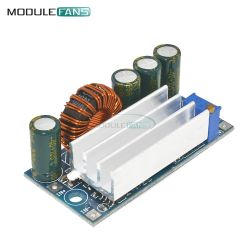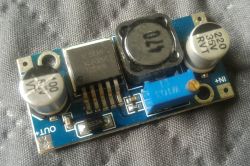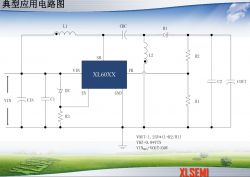Unfortunately, your examples are completely wrong 
The user is notified about it after the installation (the mechanic informed me). Besides, there are already two elements -
fuel tank and a second LPG. It has nothing to do with the power situation in question.
The answer contained in the quote "does not guarantee", but it does not mean that it will not make an emergency flight to the airport using the fumes.
How many gas stations do you have where you make this mistake?
And the most misguided argument Logic itself tells you that something is wrong here ... You give too little voltage and you are surprised that it does not spin - you have at least time to react before it turns bad - you make a mistake at your own request. In the case of the converter in question, the logic goes raspberry when it comes to the end result.
Logic itself tells you that something is wrong here ... You give too little voltage and you are surprised that it does not spin - you have at least time to react before it turns bad - you make a mistake at your own request. In the case of the converter in question, the logic goes raspberry when it comes to the end result.
Szyszkownik Kilkujadek wrote:
But here you are, first person:
When installing LPG to a car, always have gasoline in the fuel tank. Even if you only drive on gas and the car does not start with LPG immediately. In the absence of gasoline, the fuel pump will seize up.
The user is notified about it after the installation (the mechanic informed me). Besides, there are already two elements -
fuel tank and a second LPG. It has nothing to do with the power situation in question.
Szyszkownik Kilkujadek wrote:Another example? The aircraft manufacturer does not guarantee the correct operation of the engines if there is less than the recommended amount of fuel in the tanks.
The answer contained in the quote "does not guarantee", but it does not mean that it will not make an emergency flight to the airport using the fumes.
Szyszkownik Kilkujadek wrote:And what will happen if you fill with fuel with a lower octane number than the minimum recommended by the engine manufacturer? Well, it may not work properly.
How many gas stations do you have where you make this mistake?
Szyszkownik Kilkujadek wrote:Next? If it wasn't, an example from the electrical industry: What will happen if you supply the motor with a voltage below the rated voltage and load it with the rated torque? It will be warm.
And the most misguided argument










